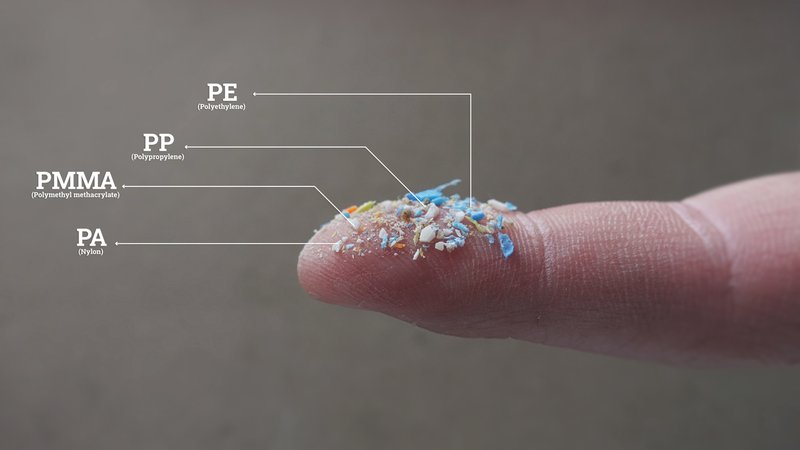
Lab testing of intentionally added microplastics
An overview of what intentionally added microplastics are, what the legislation status is and how testing labs can help with microplastics-related concerns.
The use of plastic materials continues to rise owing to their remarkable versatility, hardness, flexibility, and durability. These attributes render plastic the preferred choice for a wide range of applications, spanning from packaging to components in electronics and construction. Despite the numerous advantages it offers, there is growing apprehension about the accumulation of plastic debris in the environment, which can disintegrate into smaller particles and give rise to nano- and microplastics (MNPs).
What are microplastics?
The European Chemical Agency (ECHA) defined microplastics in a document released on December 10, 2020. According to this definition, MNPs are solid particles made of polymer-based materials that contain additives or other absorbing substances. They are characterized by dimensions ranging from 0.1 µm to 5 mm and a length between 0.3 µm and 15 mm, with a diameter ratio greater than 3. It's worth noting that microplastics refer to particles smaller than 5 mm, while nanoplastics are even smaller, measuring less than 1 µm.
MNPs can be categorized based on their source of origin as primary or secondary. Primary MNPs are particles intentionally created from plastic and can emerge as byproducts during the production of plastic materials. In contrast, secondary MNPs are generated due to the fragmentation of larger plastic objects.
Owing to their small size and resistance to environmental degradation, often exceeding the persistence criteria (vP) for substances listed in Annex XIII of REACH, MNPs are challenging to remove from the environment once released. Consequently, the presence of MNPs has raised global concerns in recent years, prompting authorities to begin restricting their use. However, as of this moment, there is no European-level legislation specifically addressing this issue.
Current legislation on microplastics
Currently, there may be no legislative control in place, but there is optimism that mandatory restrictions will be introduced in the near future. Notably, countries like the United States and the United Kingdom have already implemented bans on the use of microplastics in cosmetics and detergents.
In Europe, the Circular Economy Plan, as outlined in the European Parliament's resolution of February 10, 2021, regarding the new Action Plan for the Circular Economy (2020/2077(INI)), urges the Commission to consider a comprehensive phase-out of intentionally added microplastics and to reduce the unintentional release of microplastics from sources such as tires, textiles, and artificial turf. These emerging regulatory measures emphasize the critical need to raise scientific awareness about microplastics and nanoplastics in order to develop safer alternatives.
Furthermore, the European Commission has already released the results of the initial public consultation conducted between February 22 and May 17, 2022, concerning a future initiative aimed at preventing microplastics in the environment. The primary focus of these comments has been on emissions from textile products, followed by pellets and detergent capsules. The consultation also emphasizes the necessity for a system to monitor and report microplastics emissions throughout the lifecycle of products and calls for specific treatment methods for urban wastewater.
At the local level in Spain, with the approval of Law 7/2022 on April 8, of waste and contaminated soils for a circular economy, Article 56 introduces a prohibition on any plastic product made of oxo-degradable plastic and plastic microbeads of less than 5 mm intentionally added. This local legislation reflects a growing awareness of the environmental impact of microplastics and the need for preventive measures.

Lab testing of microplastics
AIMPLAS has been at the forefront of developing extraction methodologies for microplastics found in various types of samples. We are also utilizing various techniques for the analysis of microplastics, including Fourier Transform Infrared Spectroscopy (FTIR) coupled with microscopy and pyrolysis coupled with gas chromatography and mass spectrometry (Py-GC/MS). Moreover, recognizing the essential need for reference materials to facilitate these tests, we are working on the development of MNPs patterns to tackle this challenge. AIMPLAS can provide the necessary tools and expertise for understanding and addressing microplastics-related concerns. If you require further information or assistance on microplastics, do not hesitate to contact us.